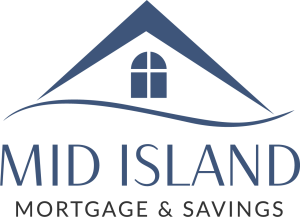How the Stress Test is Impacting Homebuyers and Affordability
Everyone knows mortgage rates have been on the rise in 2022. This is having a direct impact on people’s borrowing power meaning they qualify for a lower mortgage amount. If you were around in the ‘80’s when interest rates were at an all time high you might say the rates haven’t increased that dramatically. The question then becomes why borrowers are qualifying for so much less now compared to the past rate increases. The answer to this would be the stress test qualifying rate.
In 2018 the Government implemented the stress test qualification as a measure to help ensure borrowers’ ability to continue to pay their mortgage in the event that interest rates were to rise. From 2018 onwards borrowers qualifying for a mortgage had to either qualify at the benchmark qualifying rate, currently set at 5.25%, or at a rate 2% higher than what they would be paying at (the greater of either). The Government was creating a buffer for buyers so that they were more likely to continue to make their mortgage payments, regardless of any rate increases.
How does it work?
With interest rates as low as they previously were, borrowers were generally qualifying at the 5.25% as it was the higher rate. But now, in today’s market with rates just under 5.0% borrowers are having to qualify at just under 7.0%. This is an approximate 1.75% qualifying rate increase which is reducing borrowers qualifying mortgage amount, and therefore restricting their buying power.
For example, if you were applying for a mortgage of $560,000 at today’s rate of 4.94%, your mortgage payment each month is $3238. At the moment, the stress test says you have to qualify at 2.0% above your mortgage rate, or 6.94%. This works out to a qualifying payment of $3902, which is $664 more than what you will actually be paying. This mortgage amount would require an annual household income of approximately $130,850.
Previously, when mortgage rates were lower, we were using the 5.25% benchmark rate (instead of the rate plus 2.0%). At which time, that same $560,000 mortgage would require a household income of $113,500/year. That means that buyers need $17,350 more in household income to qualify for the same mortgage amount. That is a significant difference in buying power, especially with the average house price in the Mid Island being just over $800,000.
How can we help?
While the stress test is a basic qualification requirement, we know that there are no two financial situations that are the same. Our Mortgage Brokers look forward to working with you to look at options that help you with your home ownership goals.


